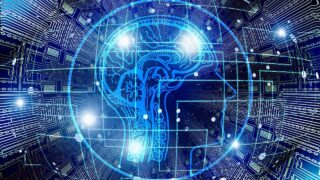
Similarity in global matching (2) Similarity of Mereological Graph Patterns
Natural Language Similarity for Digital Transformation (DX), Artificial Intelligence (AI), and Machine Learning (ML) Applications. Similarity evaluation of ontologies by relational pattern matching.